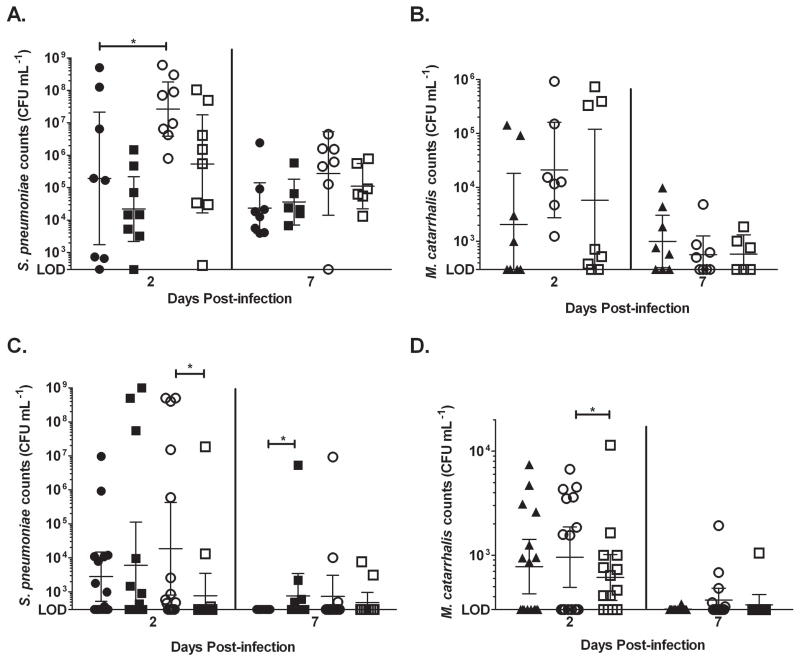Figure 5. Quorum sensing promotes nasopharyngeal colonization and ascension of both S. pneumoniae and M. catarrhalis during polymicrobial infections in chinchillas.
Adult chinchillas were intranasally inoculated with S. pneumoniae EF3030, its luxS− mutant, and M. catarrhalis O35E either alone or together in a co-infection as described in the methods section. Nasopharyngeal epithelia and bullae were harvested at days 2 and 7 post-infection. Each sample was homogenized, serially diluted, and plated to determine the viability of S. pneumoniae in the nasopharynx (A.), M. catarrhalis in the nasopharynx (B.), S. pneumoniae in the middle ear (C.), and M. catarrhalis in the middle ear (D.). ● represents S. pneumoniae alone, ■ represents S. pneumoniae luxS− alone, ▲ represents M. catarrhalis alone, ○ represents polymicrobial infections with S. pneumoniae and M. catarrhalis, and □ represents polymicrobial infections with S. pneumoniae luxS− and M. catarrhalis. * denotes a P value between 0.01 and 0.05. n = 8 animals per group

